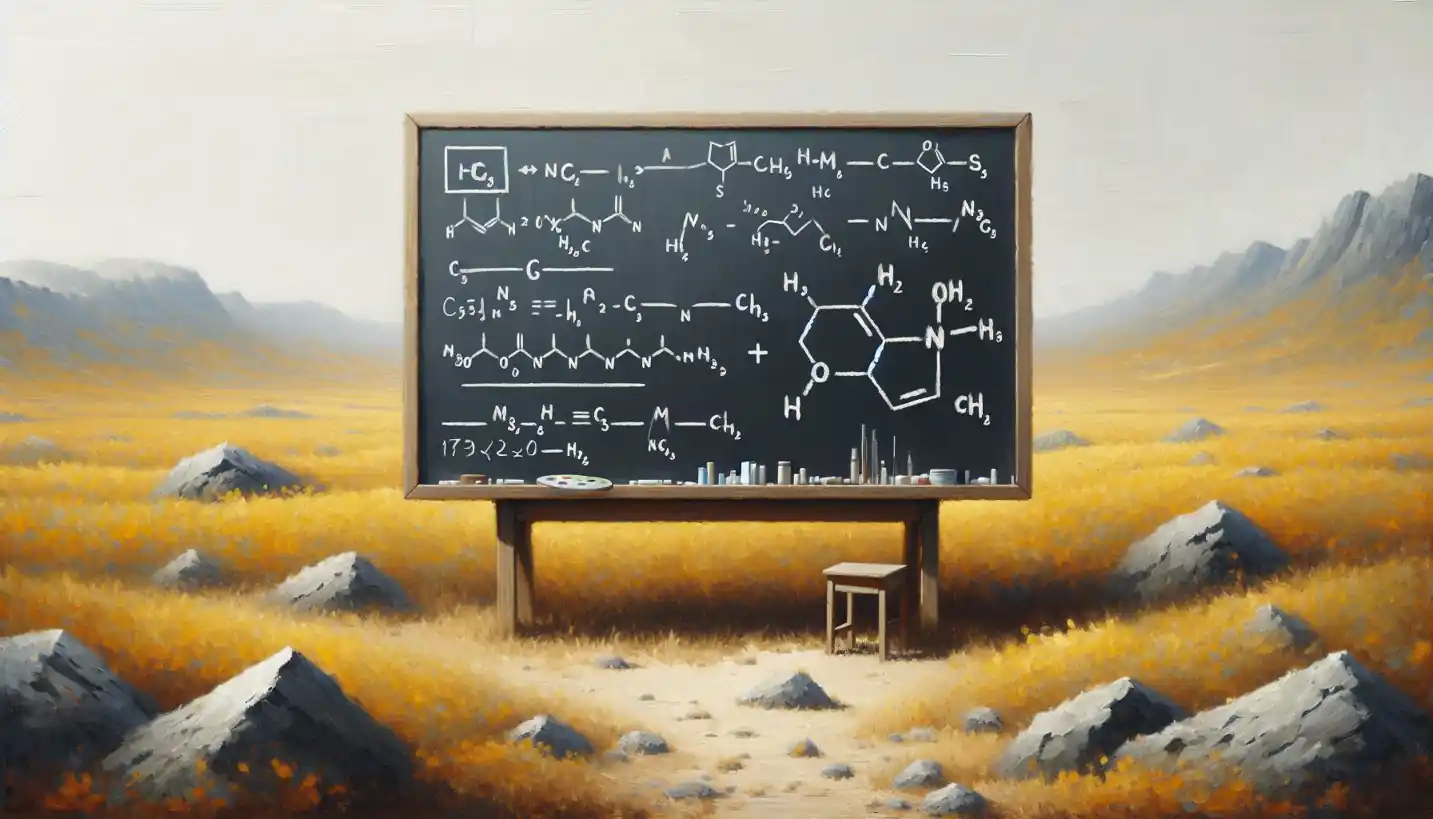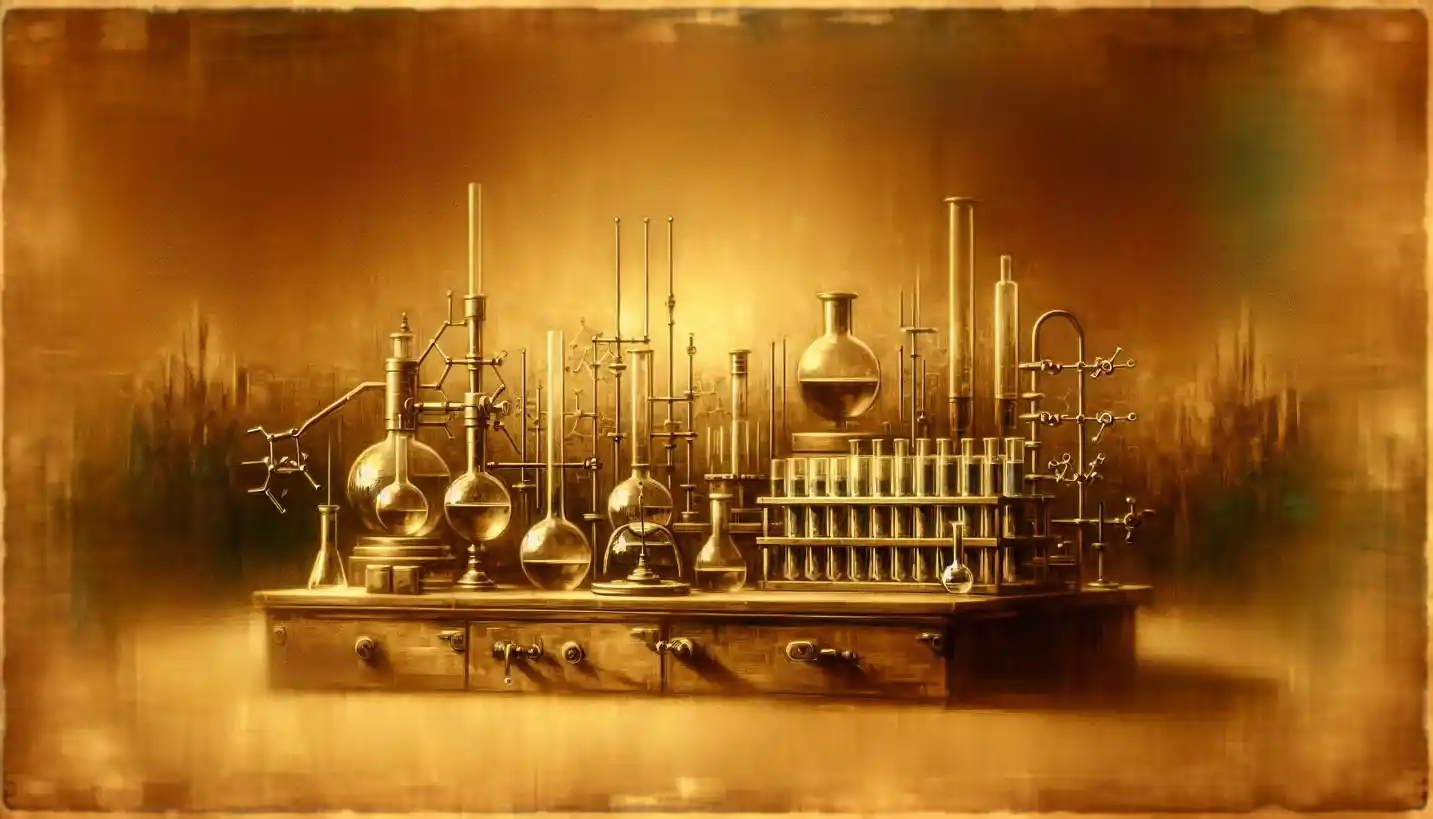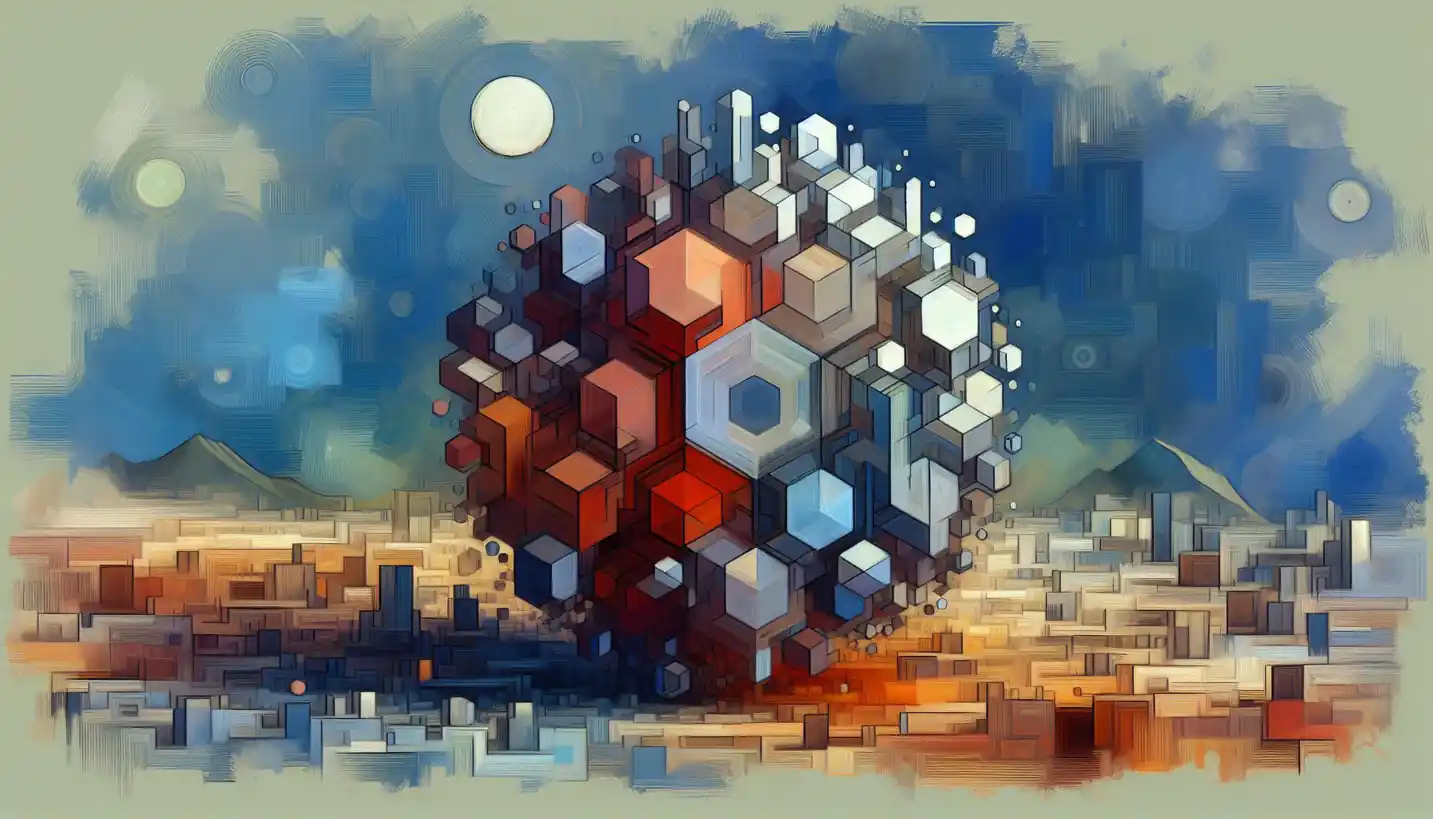· Chemistry · 5 min read
Nanostructures: Unveiling the Tiny Marvels in Nanochemistry
Delve into nanostructures, the tiny wonders that revolutionize our material world. Discover their surprising capabilities and their role in the future of chemistry.

Stepping into the fascinating world of nanostructures is like peering through a magnifying glass at the universe hidden within the microscopic. Nanochemistry, a branch of chemistry, deals with these structures that are unimaginably small, on the scale of a billionth of a meter. But why should we care about something so tiny? Well, these minuscule marvels hold the key to innovations in medicine, technology, and even environmental science. Let’s dive in to understand what makes nanostructures so special.
What Are Nanostructures?
Nanostructures are structures with at least one dimension in the nanometer range, typically between 1 and 100 nanometers. To grasp just how small that is, consider this: a single strand of human hair is about 80,000-100,000 nanometers wide. So, a nanostructure is thousands of times thinner than a hair!
In the world of nanochemistry, these tiny structures form the building blocks for creating materials that have new or enhanced properties. This isn’t just about making things smaller; it’s about completely transforming their abilities by manipulating atoms and molecules directly.
The Story Behind Nanostructures
Nanostructures have fascinated scientists for decades, but the concept isn’t entirely new. If we look back, classical examples of nanoscience can be found in medieval stained glass windows. Artisans used gold and silver nanoparticles to create vibrant colors, unknowingly mastering the art of nanotechnology long before it had a name.
Fast forward to modern times, Richard Feynman, a visionary physicist, famously said, “There’s plenty of room at the bottom.” This was during a talk in 1959 where he envisioned the possibilities of manipulating atoms one by one. His pioneering ideas laid the groundwork for what we now call nanotechnology.
Types of Nanostructures
Nanostructures can take a range of forms, each with unique properties:
Nanoparticles: These are particles between 1 and 100 nanometers in size. Gold nanoparticles, for example, can change color based on their size and are used in everything from electronics to medical imaging.
Nanotubes: Imagine sheets of graphite rolled into tiny tubes. Carbon nanotubes are incredibly strong and conductive, with applications in building materials and electronics.
Quantum Dots: These are semiconductor particles that exhibit quantum mechanical properties. They can glow in different colors when exposed to light and are used in displays and biological sensors.
Nanowires: Like super-thin wires, they can conduct electricity and have a high aspect ratio, making them useful in solar cells and nanodevices.
The Science of Scale
Why does shrinking things down to the nanoscale make such a big difference? At this level, the rules of physics and chemistry shift. You get a larger surface area compared to volume, which can change how a material behaves. Chemical reactivity can increase, electrical properties can shift, and optical characteristics can become extraordinary.
Imagine a football field covered in sticky notes. The larger the notes, the fewer you need. But if they were shrunk to the size of confetti, you’d need many more to cover the same area. This represents how surface area changes at the nanoscale, impacting how materials react with their environment.
Applications Fueling Curiosity
The study of nanostructures isn’t just academic; it’s at the heart of some incredible innovations. Let’s explore a few areas where nanostructures are making a huge impact:
Medicine and Health
Nanostructures are revolutionizing the medical field. Imagine cancer treatments that target only cancer cells, leaving healthy cells untouched. Nanoparticles can carry drugs to specific cells, minimizing side effects. Even in diagnostics, nanostructures enhance the sensitivity of tests, making early detection more feasible.
Technology and Electronics
Electronics have been shrinking for years, with devices becoming more powerful yet compact. Nanostructures help make this possible. They are used in transistors within computer chips, allowing for faster processing speeds and smaller devices. Even the displays on our devices, thanks to quantum dots, have more vibrant colors and require less power.
Environment and Energy
Nanostructures play a role in cleaning up pollutants and producing sustainable energy. Researchers are developing nanostructured catalysts to break down harmful chemicals in wastewater. Plus, nanowires in solar cells can improve efficiency, making renewable energy sources more viable.
Challenges on the Horizon
Despite their potential, working with nanostructures isn’t without challenges. One major concern is how they interact with biological systems. Their small size means they can easily enter cells and tissues, which is great for medicine but poses risks we don’t yet fully understand for health and the environment.
There’s also the difficulty in manufacturing these structures precisely. Creating them at a large scale while maintaining quality is a hurdle scientists and engineers are continually working to overcome.
A Glimpse into the Future
The future of nanostructures is bright and full of possibilities. Researchers are studying how to make self-assembling nanostructures, like those seen in nature. Imagine materials that can fix themselves or adapt to their environment without human intervention.
Open-ended questions remain, sparking curiosity and enthusiasm in the scientific community: How can we safely integrate nanostructures into our daily lives? What unexplored properties might we discover as our tools for observation and manipulation become more advanced?
Conclusion
From Alchemist’s stained glass to modern technological marvels, nanostructures continue to push the boundaries of what we thought possible. They have become catalysts for change, making waves across medicine, technology, and environmental science. As we continue to explore the nanoscale world, who knows what other tiny wonders await discovery? Understanding and harnessing these nanostructures might just be the key to solving some of humanity’s biggest challenges, one atom at a time.



